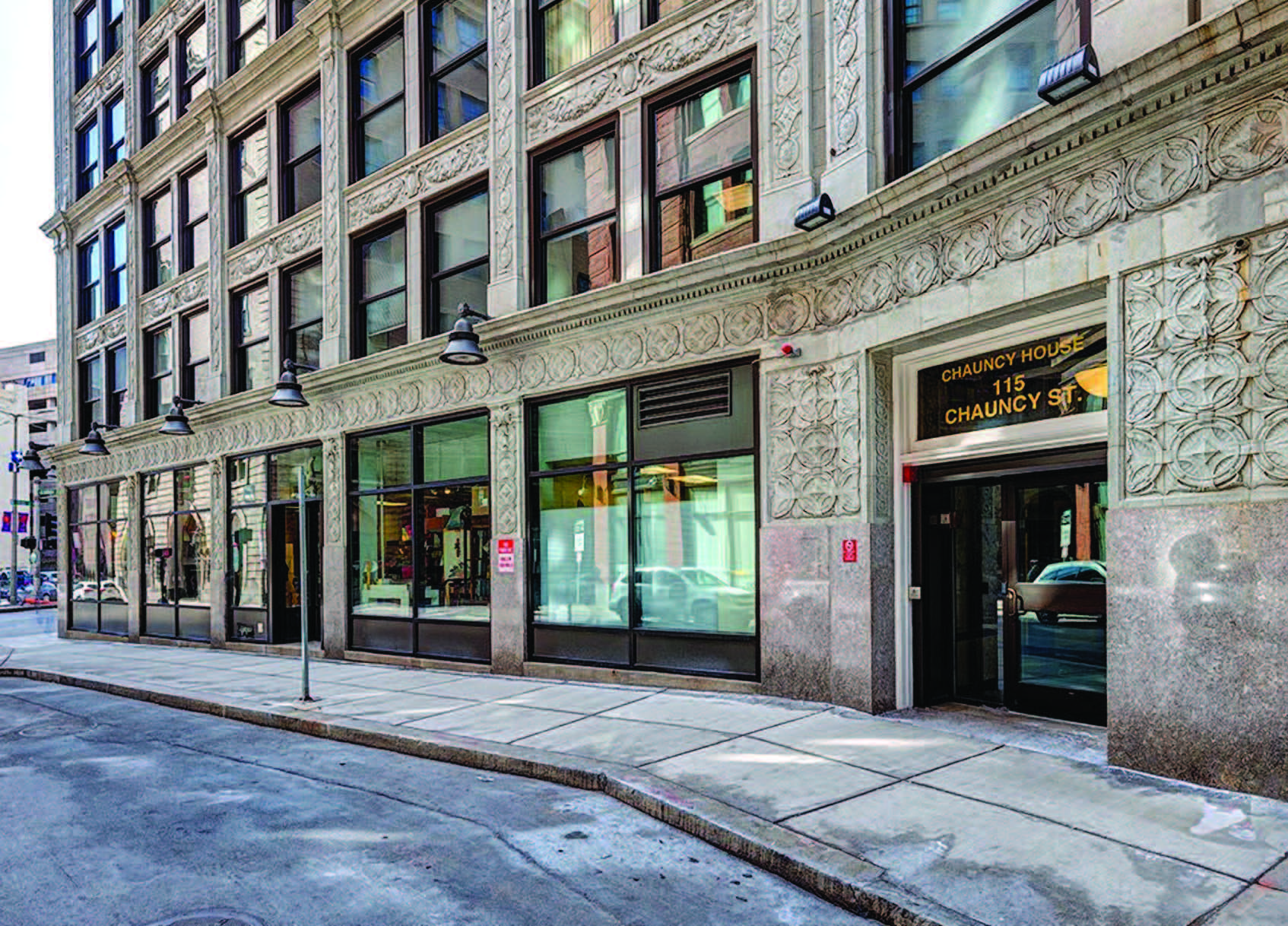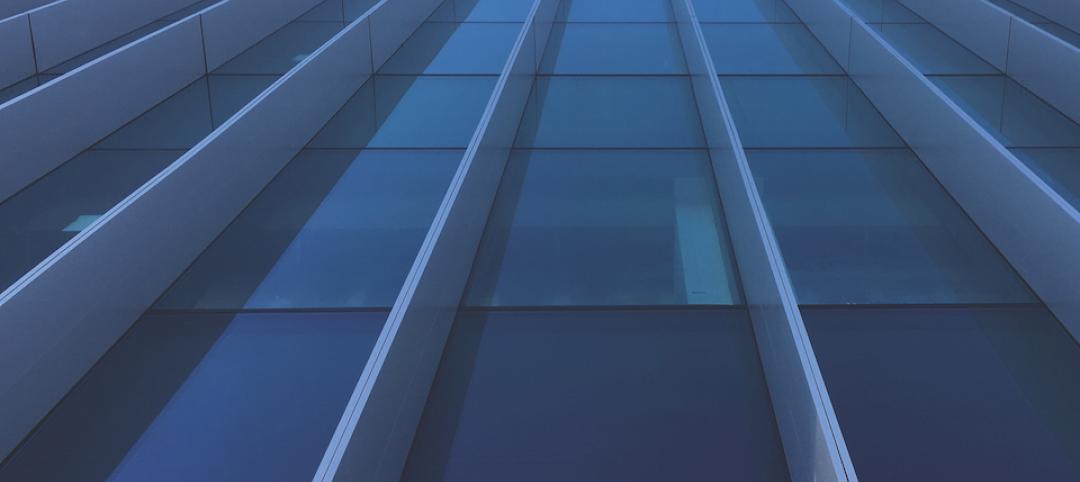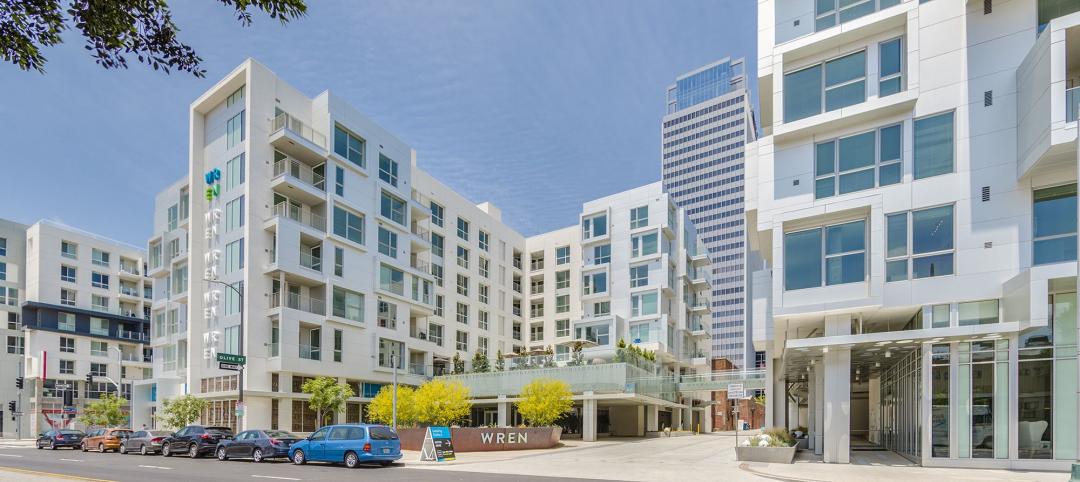Walk down any main street in America, and the first thing that draws the eye are the colorful and lively storefronts of the shops and businesses lining the road. While skyscrapers might define a city from a distance, what distinguishes neighborhoods at street level are the styles and architectural features of its storefronts.
Long before we came to know cities by their signs, lights, and window displays, the first settlements and burgeoning townships of early America began to coalesce around centers of trade and industry. Scarcely distinguishable from their residential neighbors, the shops of 18th century America alerted potential customers to their wares through signs and awnings, with windows and doors that drew no more prominence than those of main street homes. By the 19th century, larger commercial buildings had more distinct ground floor façades, with regularly spaced stone or brick piers and larger windows made up of small panes, though entrances still held little special prominence in the design.
With the advent of architectural cast iron in the later part of the 19th century, combined with advances in glass manufacturing, storefront design was revolutionized. Slender metal columns and large areas of glass enabled shopkeepers to readily advertise their merchandise, with daylight reaching far into the space to illuminate the shop within. So began the modern commercial district: bright, expansively windowed storefronts collected along main thoroughfares, establishing what would become the central organizing feature of cities and towns.
Learning Objectives:
Based on the information presented in this article, readers should be able to:
• Identify the defining features and components of storefront assemblies and distinguish them from curtain wall and window wall systems.
• Apply design considerations such as thermal performance, wind load, moisture penetration, resiliency, and safety to the design and rehabilitation of storefront facade systems.
• Evaluate and treat deterioration and distress in storefronts by classifying conditions and weighing repair-or-replace criteria, including historic significance, aesthetics, and energy performance.
• Specify a program of performance testing for proposed storefront configurations that meets code requirements and confirms that the assembly performs as expected.
Take this AIA course at BDCUNIVERSITY.COM
Related Stories
BD+C University Course | Aug 1, 2019
Design and construction of cannabis facilities [AIA course]
AEC firms are rushing to fill orders for cannabis facilities in the 33 states where the sale of medical marijuana is now legal. This course is worth 1.0 AIA learning units.
BD+C University Course | Jul 12, 2019
Roofing Drainage Systems [AIA course]
While the various layers of the roof assembly play a key role in keeping moisture from infiltrating into the interior, adequate weather protection also depends on the roof’s ability to drain moisture away from the building. This course is worth 1.0 AIA LU/HSW.
BD+C University Course | Jul 8, 2019
Value engineering: Where quality meets cost control [AIA course]
This course covers the history of value engineering, the benefits it provides, and the value engineering methodology.
BD+C University Course | Jul 8, 2019
Shadow box design: To vent or not to vent [AIA course]
A curtain wall shadow box is a spandrel assembly consisting of vision glass at the building exterior and an opaque infill at the interior side of the curtain wall system. This course is worth 1.0 AIA LU/HSW.
BD+C University Course | May 30, 2019
Creating real estate value with commercial office reconstruction [AIA course]
Leading owners, developers, and project teams are employing thoughtful upgrades to older buildings to create meaningful spaces that help attract and retain top tenants—and their best people.
BD+C University Course | May 10, 2019
Designing behavioral health facilities [AIA course]
Recent gun violence, the opioid epidemic, and other social issues with significant behavioral health implications underscore the need for behavioral health facilities.
BD+C University Course | Apr 24, 2019
Sandwich cladding primer [AIA course]
Learn about the differences in design, structural integrity, and insulating capacity between various types of sandwich claddings. This AIA CES course is worth 1.0 learning units.
BD+C University Course | Apr 23, 2019
Multifamily, mid-rise buildings using wood construction [AIA course]
This AIA CES course outlines the reasons for the rising popularity of wood in multifamily buildings; reviews code compliance and fire safety considerations; and discusses techniques for successful wood building designs.
BD+C University Course | Apr 17, 2019
Urban placemaking: Building equity by design [AIA course]
The U.S. is in the midst of an urban renaissance. People are returning to cities, sparking new investment and growth.
BD+C University Course | Apr 8, 2019
See-through and safe: Innovations in fire-rated glazing [AIA course]
From glass floor systems to large-scale glazing installations, experts share the latest trends, advancements, and applications for fire-rated glazing and fire-resistive barriers in commercial buildings.



![Design and construction of cannabis facilities [AIA course] Design and construction of cannabis facilities [AIA course]](/sites/default/files/styles/list_big/public/AIAcourse.jpeg?itok=ZkXjS2TC)
![Roofing Drainage Systems [AIA course] Roofing Drainage Systems [AIA course]](/sites/default/files/styles/list_big/public/February%202019%20Roof%20Drainage%20AIA%20course.jpg?itok=RYwfJnqS)


![Creating real estate value with commercial office reconstruction [AIA Course] Creating real estate value with commercial office reconstruction [AIA Course]](/sites/default/files/styles/list_big/public/AIABDC0518_0.jpg?itok=zjrOx1W1)
![Designing behavioral health facilities [AIA course] Designing behavioral health facilities [AIA course]](/sites/default/files/styles/list_big/public/AIA_BDC0418.jpg?itok=vALIzijY)
![Sandwich cladding primer [AIA course] Sandwich cladding primer [AIA course]](/sites/default/files/styles/list_big/public/sandwich%20cladding%20course.jpg?itok=4xiFy5jk)

![Urban placemaking: Building equity by design [AIA course] Urban placemaking: Building equity by design [AIA course]](/sites/default/files/styles/list_big/public/Rudy%20Brunder%20project.jpg?itok=X0fWTMv1)
![See-through and safe: Innovations in fire-rated glazing [AIA course] See-through and safe: Innovations in fire-rated glazing [AIA course]](/sites/default/files/styles/list_big/public/SAFTI%20FIRST%20final%201.jpg?itok=m8pdw17S)




